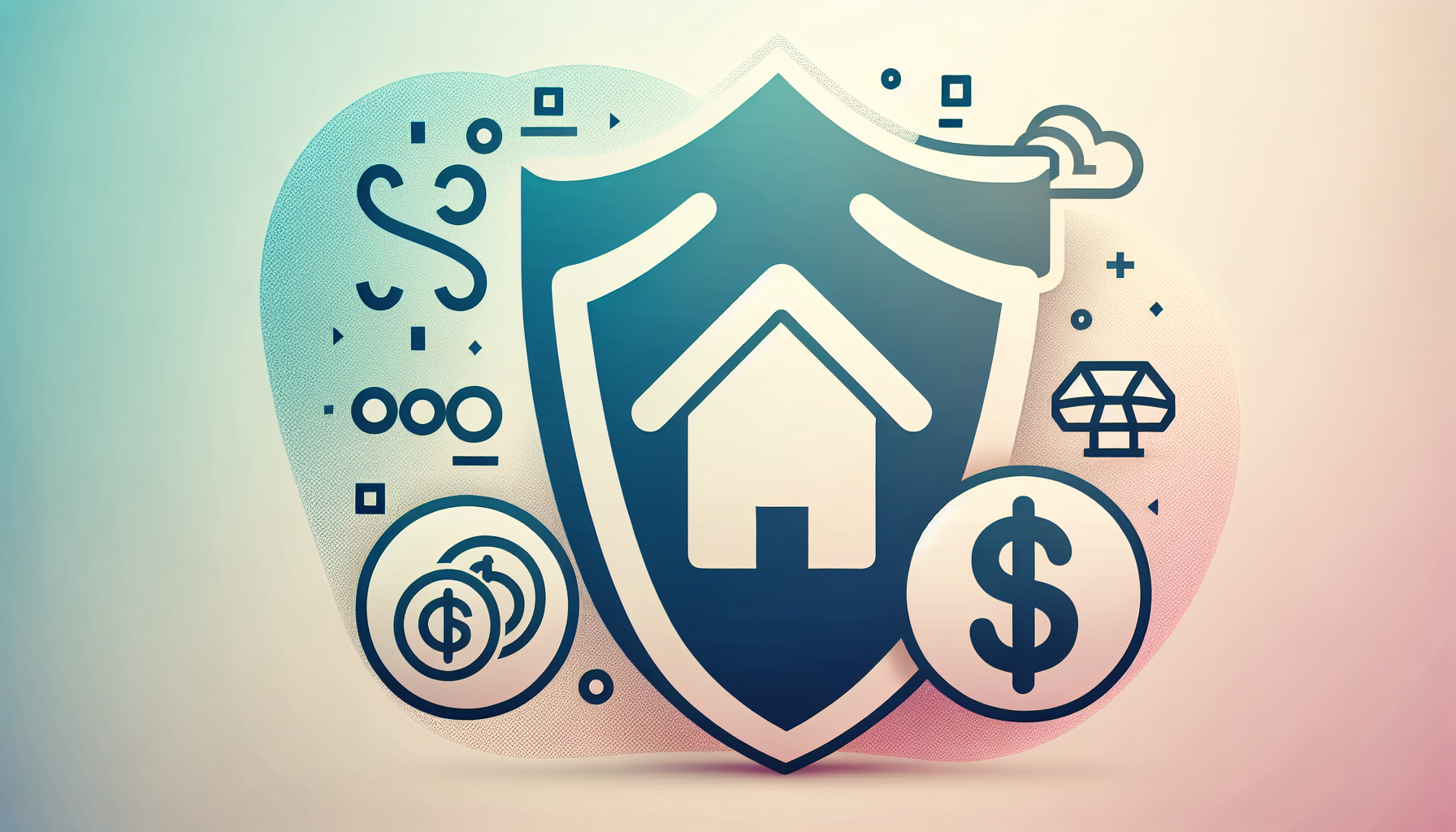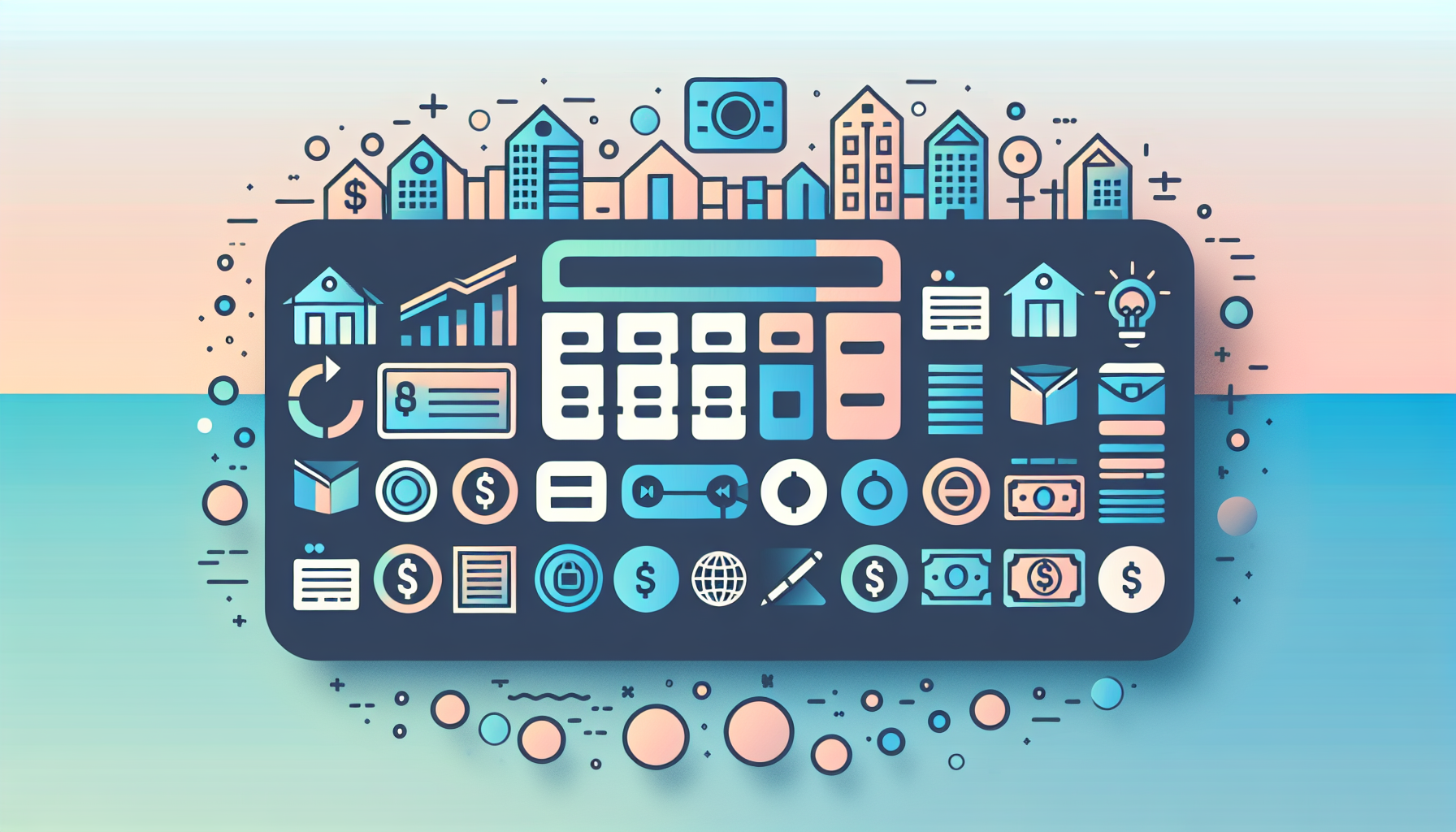Understanding Private Mortgage Insurance (PMI)

Navigating the Complexities of Private Mortgage Insurance (PMI)
When venturing into the world of home ownership, one of the terms you might frequently encounter is Private Mortgage Insurance, or PMI. Understanding PMI is crucial for making informed decisions about your mortgage and managing your financial obligations effectively.
What is Private Mortgage Insurance (PMI)?
Private Mortgage Insurance is a type of insurance that lenders require borrowers to purchase if the down payment on a home is less than 20% of the property's value. Unlike other types of insurance, PMI protects the lender, not the borrower, from the risk of default on the mortgage payments.
How Does PMI Work?
PMI is typically required when the loan-to-value (LTV) ratio exceeds 80%. For example, if you make a 10% down payment on a $100,000 home, the loan amount would be $90,000, representing a 90% LTV ratio. This higher LTV ratio increases the risk for the lender, and to mitigate this risk, the borrower must pay for PMI.
PMI Costs
The cost of PMI can vary widely, depending on several factors including the borrower's credit score, the size of the down payment, the loan type, and the loan term. Generally, PMI costs range from 0.5% to 2% of the loan balance per year, but can be as high as 6% in some cases.
To put this into perspective, for a $200,000 home with a 5% down payment, the monthly PMI could be around $80.75, adding to the overall monthly mortgage payment.
Removing PMI from Your Mortgage
One of the most common questions about PMI is how to remove it from your mortgage. Here are the key steps and conditions:
- Requesting Removal: You can request your lender to remove PMI once the principal balance of your loan reaches 80% of the original value of the property. You must be current on your loan payments and have a good payment history.
- Automatic Removal: If you don’t request removal, your lender is required to automatically remove PMI when the principal balance reaches 78% of the original value of the property, provided you are current on your payments.
- Refinancing: Refinancing to a conventional loan might be an option to remove PMI, especially if you have at least 20% equity in your home. However, the rules for FHA loans are different, and refinancing may be the only way to remove Mortgage Insurance Premiums (MIP) in those cases.
For more detailed information on how to remove PMI, you can refer to resources like the Freedom Mortgage guide or the HelpWithMyBank.gov page.
Alternatives to PMI
If you're looking to avoid PMI altogether, there are several alternatives you can consider:
Lender-Paid Mortgage Insurance (LPMI)
LPMI is an option where the lender pays the PMI premiums on your behalf. In exchange, you agree to pay a higher interest rate on your mortgage. While this can be appealing, it's crucial to calculate the long-term costs carefully, as LPMI can end up costing more over the life of the loan compared to paying PMI separately.
80-10-10 Loans
Another alternative is the 80-10-10 loan structure, where you put down 10% of the home's purchase price, obtain a primary mortgage for 80%, and take out a second mortgage for the remaining 10%. This creative financing technique can save you from PMI while potentially offering a lower overall interest rate on the second mortgage compared to PMI premiums.
VA and USDA Loans
For eligible borrowers, VA and USDA loans offer zero-down or low-down payment options without the requirement for PMI. These loans are specifically designed for veterans, active-duty military personnel, and rural homebuyers, respectively.
Calculating and Managing PMI Costs
To better manage your PMI costs, it's essential to use tools that help you calculate your mortgage payments and understand the impact of PMI. The WP Ultimate Loan & Mortgage Calculator is a powerful tool that can help you estimate your monthly mortgage payments, including PMI, and make informed decisions about your home loan.
Conclusion and Next Steps
Understanding PMI is a critical part of navigating the mortgage landscape. By knowing how PMI works, how to remove it, and exploring alternatives, you can make more informed decisions about your home financing.
If you have more questions or need further assistance, you can Contact Us for personalized support. Additionally, using resources like the Freddie Mac guide on PMI can provide you with comprehensive information to help you manage your mortgage effectively.
In summary, while PMI can seem like an added expense, it enables many people to secure a home loan with a lower down payment. By understanding the costs, removal options, and alternatives, you can better navigate the process of home ownership.











